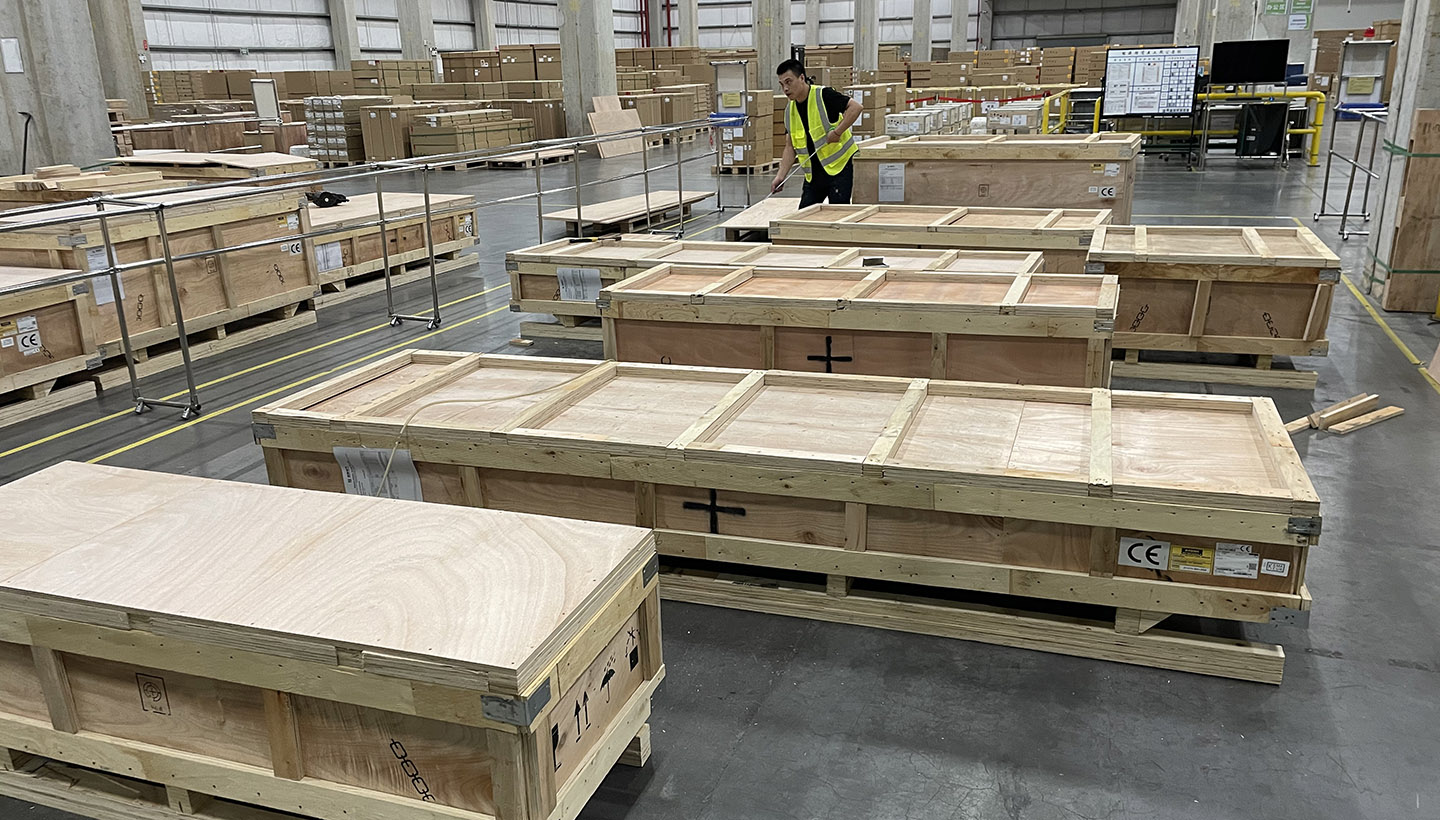
High-quality packaging materials
● Appropriate size outer packaging can reduce volume weight and logistics costs.
● The use of light and economical packaging materials can reduce transportation costs.
● The packaging must have a protective function, which can effectively protect the product from collision and shaking damage.
● Well-designed packaging is helpful for brand promotion, deepening consumers' awareness of the brand and conveying the brand's professionalism and meticulous spirit.
Wrapping materials
When protecting small and fragile items such as glassware, porcelain, and fruits, they are individually packaged and then put into boxes to avoid damage caused by mutual friction and collision. For large items such as furniture and hardcover books, the corners are easily damaged, and special shaped materials are used to wrap each corner to ensure that the items are intact.


Loose-fill material
Loose-fill material plays an important role in long-distance transportation by preventing the contents from shifting when the package is shaken. For example, molded pulp or EPE foam in cell phone cases can be considered loose fill materials. Although this method is more expensive and requires customization, it can improve the appearance quality of the product. In other words, loose-fill materials help protect items and add to the aesthetics of the package.
Outer packing materials
Commonly used outer packaging materials include corrugated boxes, wooden boxes, plastic bags, and waterproof shrink wrap. These materials can effectively fix goods and provide support, while meeting the pressure and waterproof performance needs of different products.



